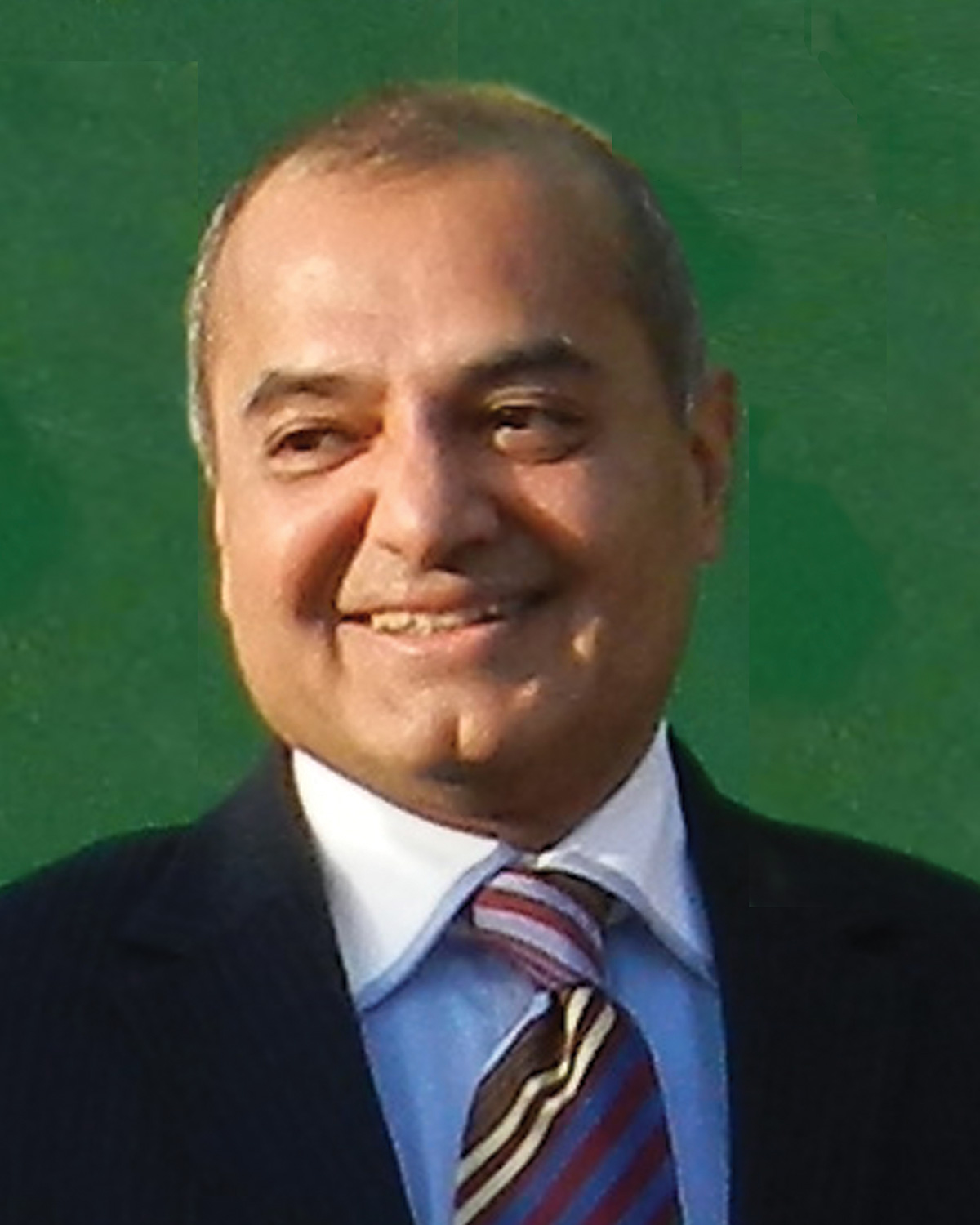
Dear Friends and Colleagues, The 2019 elections in India for the 17th Lok Sabha have concluded, and the incumbent BJP-led NDA government under the leadership of Mr. Narendra Modi has achieved a landmark landslide victory, resulting in Prime Minister Modi returning back with a stronger mandate to lead India. Out of 543 seats in the Lok Sabha, the BJP won 303. Other members of the NDA won 50 seats, giving the BJP-led NDA a total of 353 seats and ensuring it has a strong majority for the next term of five years as the new government.
The new government consisting of Cabinet Ministers and Ministers for State presents a promising term. For us in the maritime, logistics and transportation business Mr. Nitin Gadkari will continue as a Cabinet Minister for Ministry of Road Transport and Highways of India. We have Mr. Piyush Goyal as Cabinet Minister of Railways as well as Cabinet Minister of Industry an d Commerce. Mr. Mansukh L Mandaviya will continue his charge of Ministry of Shipping and Ports as an independent charge. Mr. Dharmendra Pradhan continues as Minister of Petroleum and Natural Gas.
The continuity of the ministers for these departments will support the quick and continuous implementation of the strategies and efforts of the government. Work on finding a solution for the non-performing assets held by the banks in India will hopefully see continued progress. This should enable a twofold result in which stuck and stranded assets are rebooted and restarted as well as increasing the availability of fresh capital for development.
In the near future will see the completion of the Dedicated Freight Corridor (DFC) connecting the northern hinterland with ports and cities on the west coast of India and implementation of the high speed rail link between Mumbai and Ahmedabad. It is also expected that the government will strongly prioritise programmes to revive various sectors like agricultural sector with special focus on food processing industry and irrigation, oil and gas sector and shipbuilding in India.
The riverways and waterways will continue to be developed and the various plans already under implementation on the river Ganges, including the development of terminals at important locations like Varanasi Sahibganj and Haldia, will result in a strong river and waterway transportation system.
Some of the challenges on the international horizon are a cause of great concern. The ongoing tariff war between the USA and China does not seem to be abating and it is creating a great deal of uncertainty for global trade. Another area of concern is the deterioration of stability around the Middle East in general and Iran in particular.
On the international shipping front in the bulk carrier segment, we are seeing some developments both in terms of changes to routes due to the increasing size of the ships as well as to their pricing structure. The genesis of some of these changes can be linked to the disastrous collapse of the dam at Vale's mining site. The tragedy led to the closure of the Brucutu iron ore mine and Vale’s subsequent decision to decommission ten defective dams, which has resulted in 70 million tons of iron ore not being available for the export market. Similarly, on the liquid side, with the USA now becoming a significant exporter of crude oil, we are seeing crude tankers beginning to move “the other way”.
It has been heartening to see that most of the large container carriers declared reasonably positive results for 2018 as well as posting good results for the first quarter of 2019. However, the large carriers have expressed concerns due to an expectation of increased fuel costs and a possibility of declining volumes. Coming closer to home and at the J M BAXI GROUP, we have seen continuous positive developments at our terminals and facilities. Vizag continues to see steady growth and we have started work on the expansion of VCT. We are investing close to Rs 900 crores to meet the conditions laid out by the port authority and we are challenging ourselves to complete this project once again in record time without compromising quality. This should be our first million-TEU terminal. Our terminal at Kandla, KICT, has consistently continued to gain traction and we can confidently say that by the end of 2019, we should see an annual throughput of over half a million TEU. DICT once again continues to grow and it is very much on its way to becoming a 250,000 TEU facility. HICT at Haldia and RICT at Rozi have continued their positive growth stories. PICT at Paradip, like other places in Odisha, withstood the aftermath of Cyclone Fani. Whilst we at Paradip were fortunate to have missed the worst of the cyclone, unlike Puri and Bhubaneswar, kudos to our terminal team, who ensured the safety of all our colleagues. They faced the disruption to railway movements and bore the brunt of the heavy rainfall, which disrupted their work and risked damaging cargos. Despite these unforeseen events, it remains on its journey to becoming a successful multipurpose clean cargo terminal.
Due to space constraints, I have not covered agency services, logistics and the technology verticals in this issue; however, I will feature them in an upcoming issue.
Krishna B. Kotak
Chairman - J M BAXI GROUP